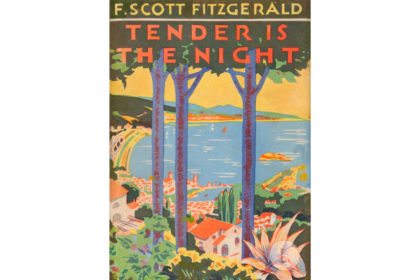The Pleasures of the Damned, published posthumously in 2007, is a carefully curated collection of the finest poems by acclaimed American poet and novelist Charles Bukowski. Spanning a creative period of over five decades, from the 1950s until his death …
Charles Bukowski: The Pleasures of the Damned










